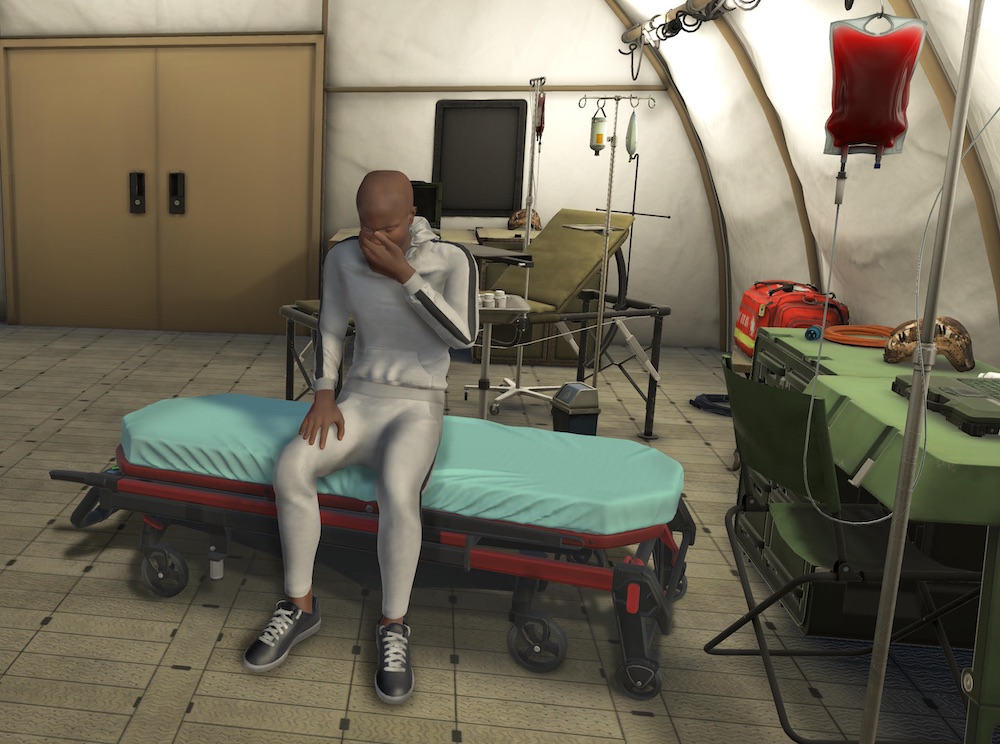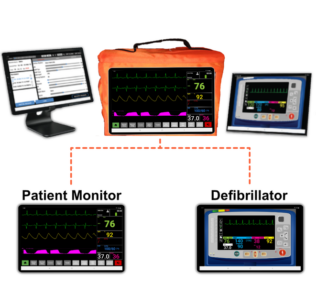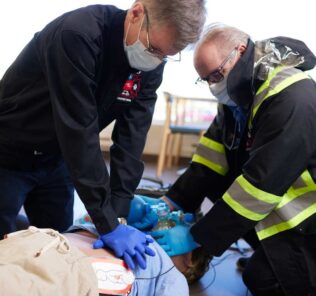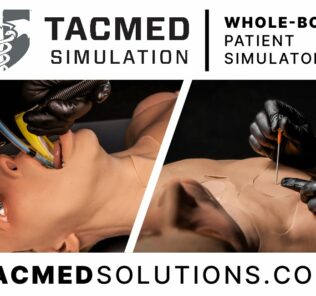EMS Students Require 53% Less Time When Training with VR
With EMS classrooms sitting empty and hands-on learning on hold, Emergency Medical Service educators are scrambling for solutions to deploy rapid response training to healthcare providers and first responders amid the global pandemic of COVID-19. Thankfully, a recent research shared here shows how Virtual Reality training can reduce requirements on EMS student time in classrooms by as much as 53%*! Every EMS educator, both who has and has not previously use high-fidelity patient simulators for medical simulation training, should immediately learn about the benefits covered in today’s article about training with VR, and specifically about VRpatients. *Editors Note: The PWC Report (linked below) was updated and the way this statistic was reported has been changed to “4X faster”.
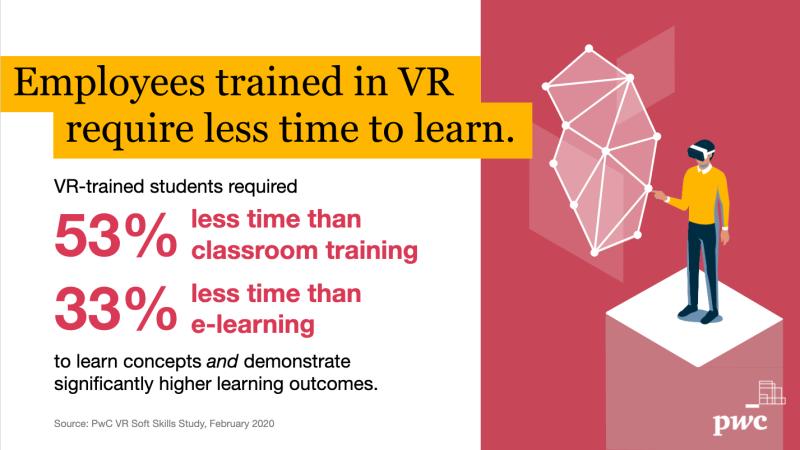
The implications of the Coronavirus pandemic put extraordinary stress on the world’s healthcare systems, not to mention, the practitioners themselves during the height of infections. The novel virus also brought with it many unknowns, from symptoms and diagnoses to transmission and contagions.
Sponsored Content:
Best practices on how to assess, diagnose and treat suspected patients changed almost daily, requiring continuous protocol adjustments. Everything from sporting events to graduations to political elections were disrupted, leaving most of the world trying to decipher a new normal. The immediate and widespread adjustment to new mandates instantly launched educators, trainers, employers and students into an online environment. One thing remains: remote learning is here to stay.
The challenge then lies in how to ensure both learning and assessment of skills from a distance is as effective as in person. The answer lies in immersive, virtual online training now available to EMS learners via VRpatients. VRpatients redefines how the EMS industry trains and assesses EMS students and healthcare practitioners by immersing them into virtual clinical case scenarios so realistic, it will make your heart race and your palms sweat. The result? Practitioners who are better trained, more skilled, and have higher confidence in the field.
VRpatients immerses EMS students into stress-inducing clinical case scenarios where they interview assess, diagnose, and treat patients in real time. Every action taken by the student is recorded by its built-in grading rubric, allowing the educator to objectively assess the student’s critical thinking skills, competency and field preparedness.
Unlike other healthcare simulation tools, VRpatients is equipped with an intuitive case authoring tool, giving educators complete control of curriculum, standards of care, and protocols. Formerly, there had never been a singular application for conducting training for all possible emergency scenarios. Now, educators can build the clinical case from scratch and deploy it remotely to an unlimited amount of recipients in a matter of minutes.
Sponsored Content:
VRpatients’ intuitive case authoring tool has the flexibility and adaptability to bring nearly any clinical case to life, increasing knowledge retention and decreasing the amount of time needed to master a new skill. A VR Soft Skill study report conducted by PwC found that students trained with VR required 53 percent less time than classroom training and 33 percent less time than with e-learning.
*EDITORS UPDATE*: We previously linked to the “Seeing is Believing” PWC report, however, the link has been updated to “The VR Advantage: How Virtual Reality is Redefining Soft Skills Training” which has CHANGED the way they reported this statistic now saying that “VR learners were 4x faster to train than in the classroom”. (You can also download The VR Advantage PDF report here).
Educators build their own clinical cases choosing from among several patient avatars and more than 20 environments. The authoring tool follows highly intuitive physiological case logic, making training for rapid response or High Acuity Low Occurrence (HALO) events quickly deployable. With a dynamic case tool, realistic environments and a robust family of lifelike patient avatars, VRpatients is a turnkey solution to your remote educational needs.
VRpatients Core Features:
- Consistent training: Using protocols predetermined by the trainer, the platform reacts to the chosen course of treatment in real time, providing a consistent experience from user to user.
- Objective assessments: VRpatients’ enhanced grading rubric provides a computer generated assessment of the user’s treatment decisions at the conclusion of each case, eliminating trainer subjectivity.
- Limitless case scenarios: The intuitive medical case authoring tool allows users the unmatched ability to modify existing content or create new content tailored to specific training objectives.
- Increased efficiency & reduced costs: Virtual reality training can be done wherever there is WiFi, and in a shorter time frame.
- Improved Retention: VR engages the senses, emotions and cognitive functions of the brain, tapping into the most powerful aspects of retention.
- Increased Comprehension: VR-based teaching makes abstract content more concrete and easier to understand.
- Better Performance: Those trained with VR are able to perform procedures more accurately, confidently and with less mistakes.
Schedule your free VRpatients demonstration with one of their immersive training experts today by visiting the link below:
Learn More on the New VRpatients Website Now!
Sponsored Content:



